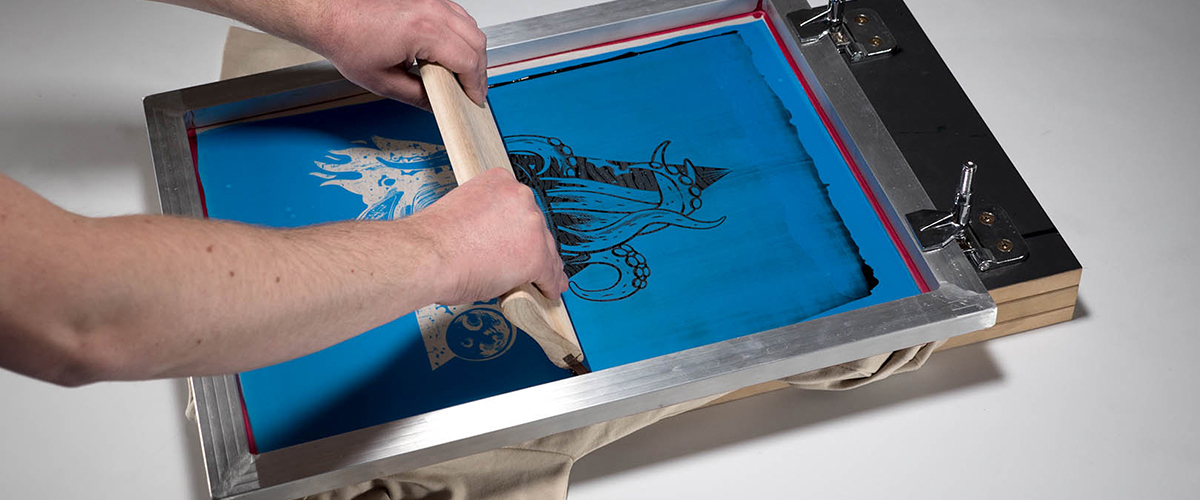Step-by-Step Guide To Screen Printing Technique
Screen printing is a popular printing method of pressing ink onto the fabric by using the mesh stencil to create the design. This versatile printing method has been widely used in different industries and has graced the world for centuries. Its roots originate in ancient China. Where silk served as the earliest form of screen. Over time this useful technique has spread all across cultures and industries.

JUMP TO SECTION
1) What is Screen Printing?
2) Why Put Screen Printing on Shirts and When to Go for It?
3) What Makes Screen Printing Stand Out?
4) How Does Screen Printing Actually Work?
5) Main Types of Screen Printing
6) Advantages of Screen Printing
7) Let's See: A Real-Life Example Of Screen Printing
8) What Is The Difference Between Silk Screen Printing And Screen Printing?
9) What Is The Difference Between Screen Printing And Digital Printing?
10) What's the difference between silk screen printing and heat transfer?
11) Insider Tips for Successful Screen Printing
12) Conclusion
Well, Do you know? Today screen printing serves as the cornerstone in the printing industry. From crafting intricate designs to fine art print, it is becoming the go-to choice for businesses, manufacturers, and designers alike.
Let's explore this guide, here we will discuss each and every aspect including uses, types, and benefits.
1. What is Screen Printing?
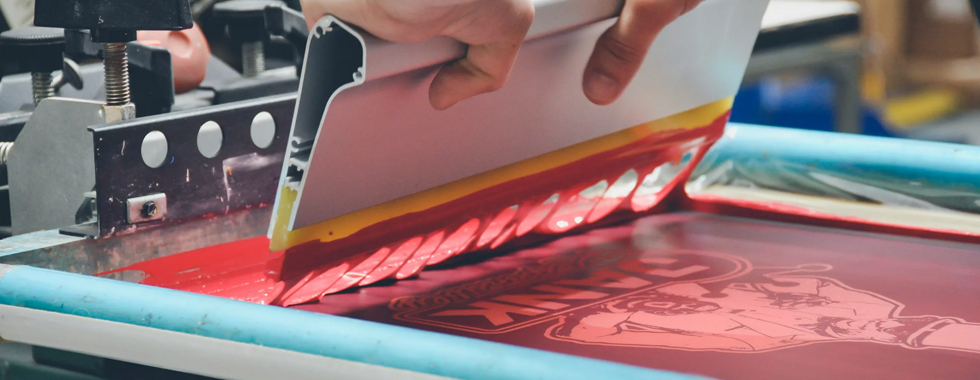
Screen printing is commonly referred to as silk printing or silk screen printing. It is the process of transferring a design onto a flat surface using a stencil, ink, or squeegee. The most simple approach entails creating a stencil on a mesh screen and then forcing ink through it to make the imprint design on the surface of the desired material.
However, each color in the design requires a separate stencil which allows printing of the multicolor design on the fabric. This method is undoubtedly popular for printing on textiles such as t-shirts, hoodies, and tote bags and is renowned for its durable print and ability to produce bold, long-lasting designs.
2. Why Put Screen Printing on Shirts and When to Go for It?
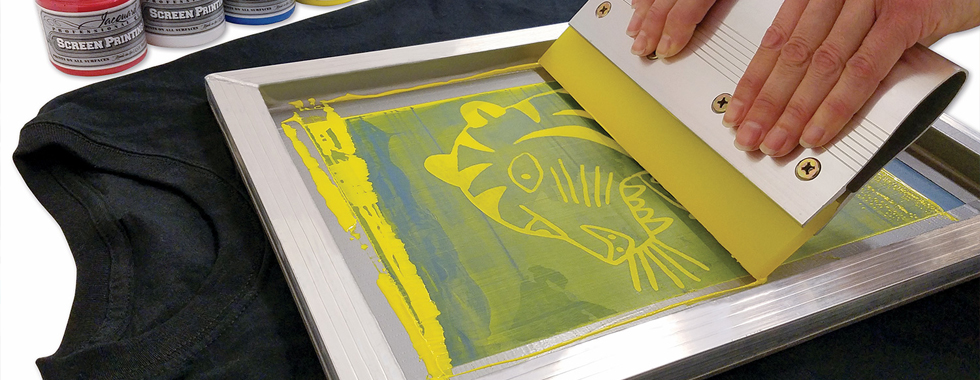
Screen printing is a manual method of printing on shirts. But apart from this, it offers numerous benefits in terms of durability, versatility, and excellent flexibility to achieve vibrant colors and intricate design. It is great for organizations looking for bespoke apparel designs to promote their brand, event, or for personal usage. Screen printing provides a low-cost method for printing in mass while maintaining print quality and design.
What Makes Screen Printing Stand Out?
Well, there are many reasons behind its popularity while the most lies in the versatility of colors, even on the darker fabric. Unlike other printing methods such as digital printing can accommodate a wide range of materials like textiles, paper, plastic, and metal. On the other hand, its ability to produce premium quality and resistance to fading make it popular among many apparel and applications where durability is paramount.
3. How Does Screen Printing Actually Work?
Custom screen printing might be done in a different method, but they all can be done by following the basic techniques. The variation may arise depending on the ink types, effects, and the printing surface. Below we have mentioned the step-by-step screen printing process.
-
1. Design creation
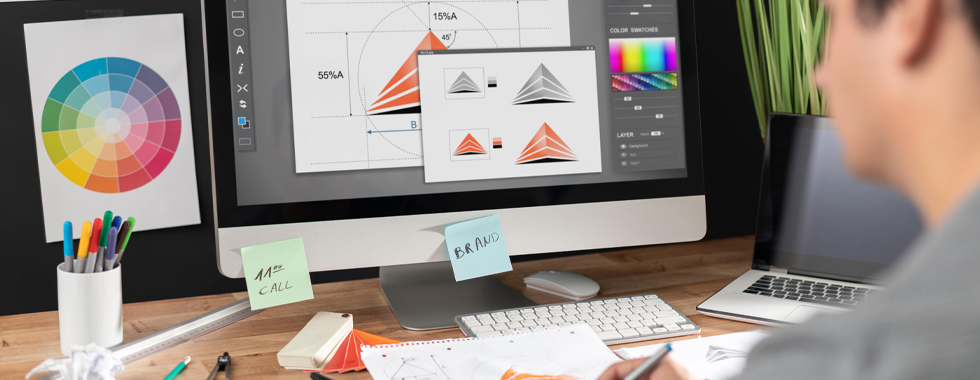
In the first step, the design is created, the way it is instructed to create on the finished product. Once the design is finalized, it is then transferred onto the transparent acetate film, which acts as a blueprint for creating the screen.
-
2. Screen Printing Screen Preparation

In the next step, screen and mesh count are selected based on the level of print. After that, the mesh count is coated with a layer of light-reactive emulsion for setting the next phase.
-
3. Exposing The Emulsion
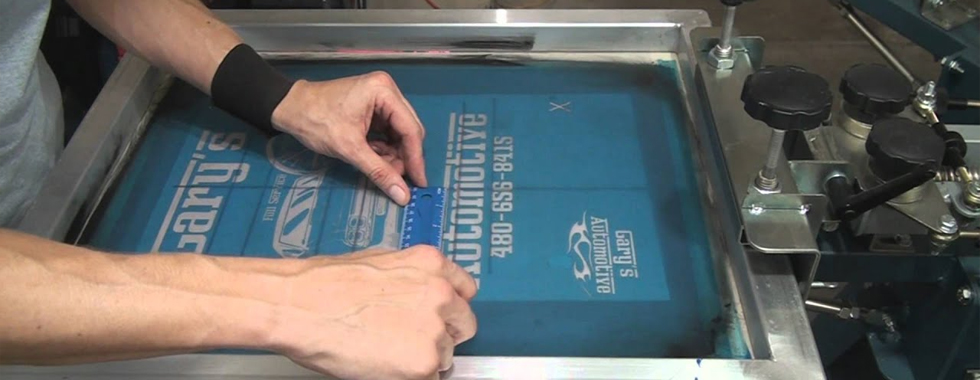
The transparent acetate film is carefully positioned on the top of the bright light, which makes the emulsion harden and develop. It must be noted that for the different colors, it is crucial to design under separate screens.
If the design includes two or more colors, then a separate screen is used in its making. A different layers screen is applied at each layer of the ink. Moreover, to produce a multicolor design, the printer must be able to design every stencil; after that, the printer should line them up perfectly so that all the patterns of the final designs are set correctly over the object.
-
4. Stencil Creation
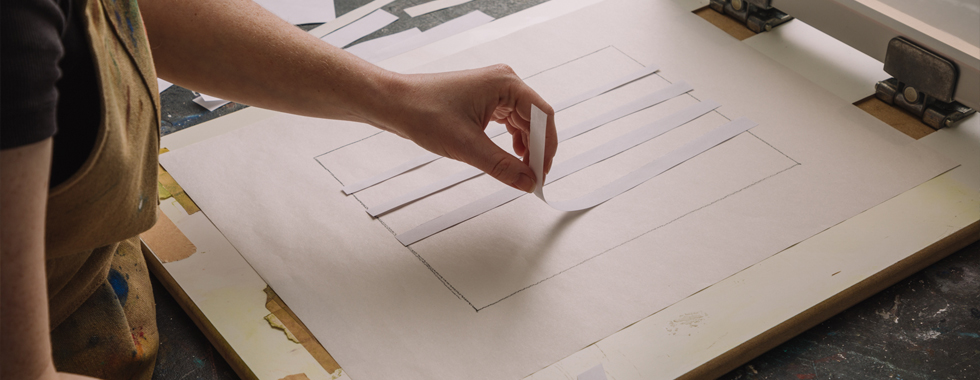
The screen is exposed for a specific time to harden the uncovered areas, while the remaining unhardened emulsion will be rinsed to give a clear imprint on the screen. Then the screen undergoes a drying process and any necessary touch-up to make the stencil original.
After this, the screen is left for drying. On the other side, the printer still works on the corrections or touchups necessary to make. It makes the imprint accurate and according to the original design. In this way, the stencil is ready to use.
-
5. Preparation For Print
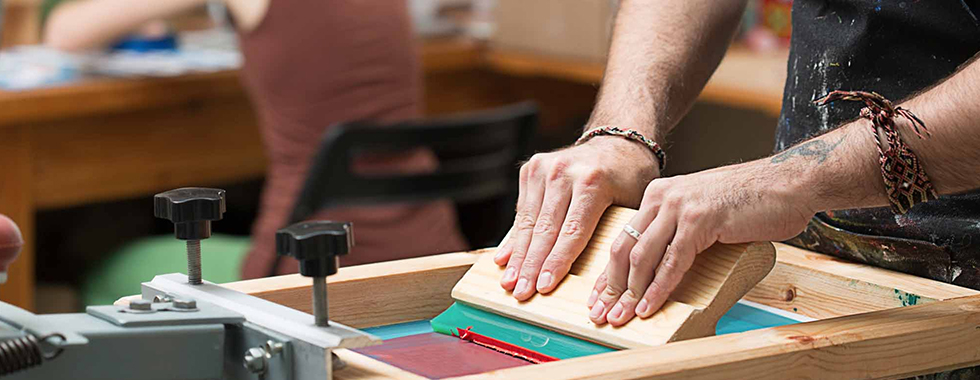
The material to be printed is set on a flat printing board. The screen on the top of the material is set to print.
-
6. Applying The Design
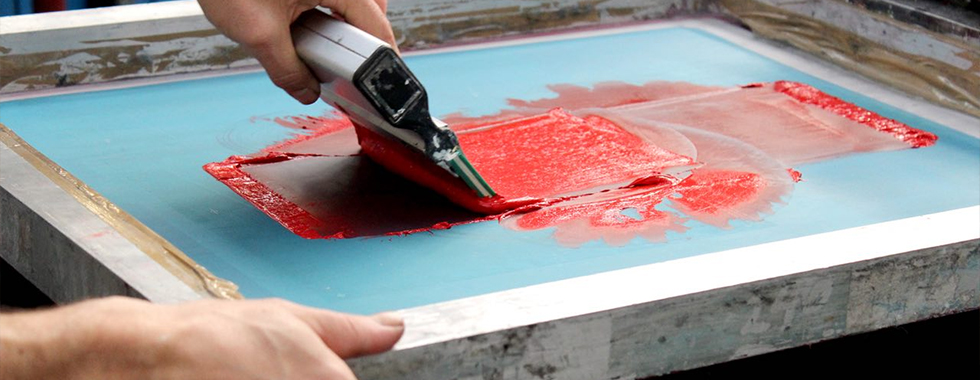
Now the screen is lowered down on the printing board. Ink is pressed to the top of the screen and squeegee glides smoothly over the entire screen. As the ink is pressed through the open pores of the stencil, the design is transferred to the material.
-
7. Finishing Touches
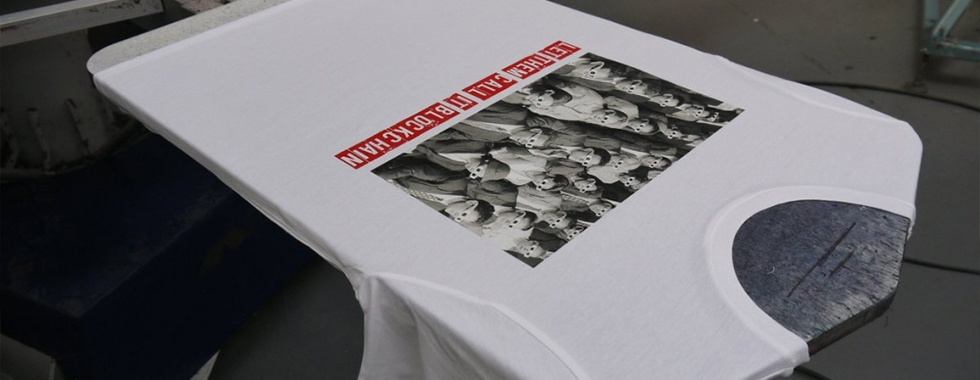
The printed product is then passed through the drier, and the ink sets firmly creating a durable and vibrant design. The final touches ensure the design remains intact without any adding over time.
4. Main Types of Screen Printing
There are six different types of screen printing techniques. Each of these techniques contributes to specific or unique aesthetics.
-
Spot Color Printing
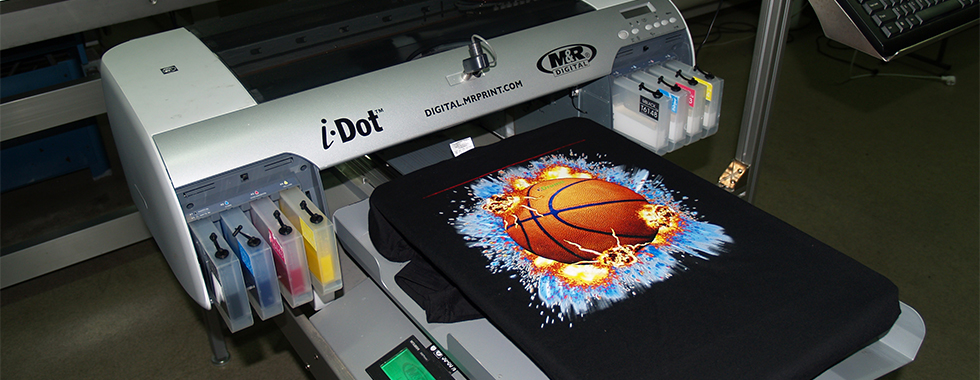
Spot color printing is one of the most popular types of screen printing. It uses the stock color by printing it through the stencil of the screen. This method is ideal for producing bright and vibrant spots while having better consistency in the print. Additionally, it is good for printing 1-4 colors, when you have more color spots then another printing method may be a good option.
-
Grayscale Printing

Grayscale is a great way to print full-color images as one-color grayscale or halftones. Grayscale printing offers a cost-effective solution for achieving a detailed image by making it a useful technique for shirts, posters, packaging, and branding material.
-
Halftone Printing
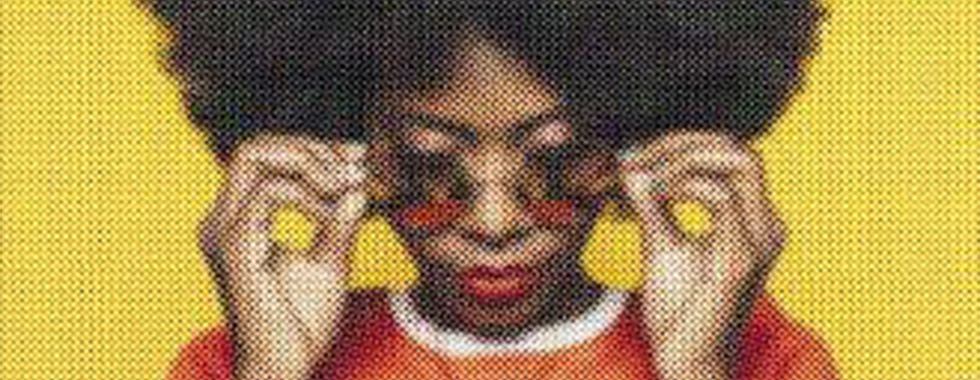
In halftone, single or multiple color gradients are printed. The color tone ranges from the solid to the halftone of the same color. Meanwhile, this technique is best for obtaining multi-color printing without using the color of inks.
-
Duotone Printing

Duotone uses the combination of two halftones for printing a single image. This printing technique gives a retro and cooling effect on the light-color garment and a full-color print appearance at affordable rates. This printing technique is similar to sepia-toned print, which provides a soft and artsy feel to print.
-
CMYK (4-color print)
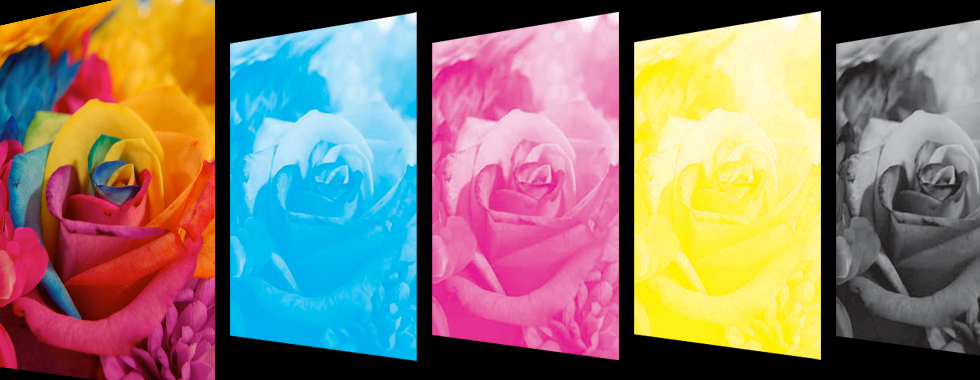
It is the complex and oldest color reproduction technique. It involves four basic colors cyan, magenta, yellow, and black, these colors are combined to produce the required tone. This printing technique should be done automatically, while it can be done manually. But for the optimum result, you need an automatic t-shirt press.
-
Simulated Printing
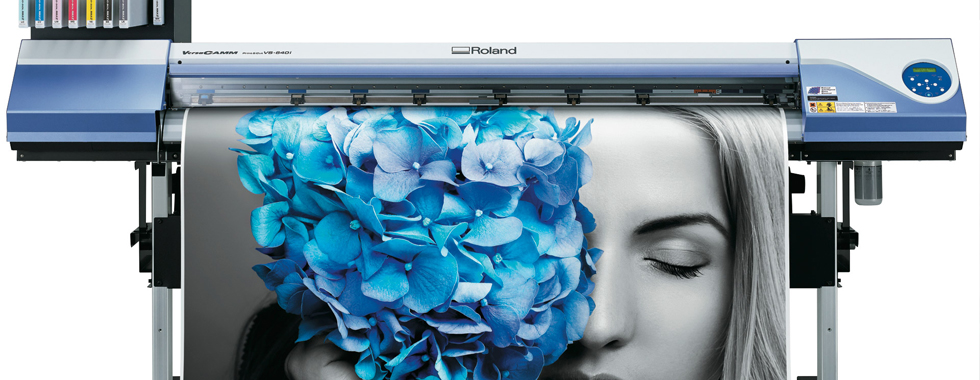
Stimulated printing is the method of printing almost any image which is available in the market. These techniques combine the four-color printing process with the spot color printing. Unlike traditional CMYK printing, it offers a wide range of colors and superior detail on both light and dark color garments.
Also read: 05 questions to ask clothing manufactures before working with them
Advantages of Screen Printing
Screen printing methods offer a unique combination of benefits that make it a popular choice for a wide range of applications. Below mentioned are some of the key advantages.
-
Vibrant Colors and Opacity: One of the significant advantages of screen printing is that it allows for vibrant and opaque color to be achieved effortlessly. Its ink translates to richer, more opaque colors that stand out boldly even on the dark color fabric.
-
Durability: The thickness of ink penetrates makes the fabric durable to screen printed design. Which can withstand multiple washing and sunlight exposure.
-
Versatility: Unlike some printing techniques limited to a particular material, it can be done on a wide range of surfaces including t-shirts, tote bags, and hoodies.
-
Cost-Effectiveness for Bulk Orders: Screen printing can be beneficial for large production runs because the cost per material significantly decreases as the quality increases.
-
Environmentally Friendly: Water-based ink is increasingly popular for solvent-based ink, making it sustainable for commercial screen printing businesses and consumers.
6. Let's See: A Real-Life Example Of Screen Printing
Screen printing is more than just designing bold t-shirt designs. This specialized technique has numerous applications reaching far and wide. From eye-catching design to durable print, this printing has excellent customization capability to get print on various materials, making it a valuable tool for industries and artists alike.

7. What Is The Difference Between Silk Screen Printing And Screen Printing?

Screen printing and silk screen printing are often considered to describe the same printing process. However, in silk screen printing, silk fabric is used as a mesh screen. While in screen printing a variety of mesh materials are used including polyester, nylon, and more. Regardless of the mesh material, the printing method remains the same.
Here at Steve Apparel, we have cutting-edge automated screen printers for delivering high-quality prints with vibrant colors. Whether it be a custom screen printed or silk printed design, our manufacturing ensures you will get a statement piece while expressing a unique personality with a bold and unique style.
8. What Is The Difference Between Screen Printing And Digital Printing?
Direct-to-garment (DTG) and screen printing are the two distinct methods with their advantages. Like screen printing, printing is done by using the mesh stencil which transfers the ink on the fabric. Making it ideal for large production runs and vibrant color and intricate design.
On the other hand, DTG utilizes digital technology to transfer a print directly onto a textile. Because of the less stencil or applicant used, this technique is often ideal for printing intricate or very colorful designs with a fast turnaround time.
9. What's the difference between silk screen printing and heat transfer?
As the name suggests heat transfer is the type of printing that uses heat to bind the design on the fabric. The basis process involves the transfer of a design onto a material coated with heat-reactive adhesion called the sublimation paper. Then the heat is pressed to transfer paper and the adhesive reacts to heat and sticks to the surface of the fabric.
This easiest and cost-effective printing technique is ideal for printing small batches, ensuring the detailed design and versatility for a wide range of applications. However, silk printing involves transferring the ink onto the substrate through the mesh stencil. This technique results in vibrant and long-lasting print for the mass production run.
10. Insider Tips for Successful Screen Printing
To achieve successful screen printing results, it is crucial to pay attention to certain considerations and follow them throughout the printing process.
- Firstly prepare the screen and substrate of high-quality ink and material, which ensures the even ink distribution and effective curing.
- Additionally choosing the right mesh count, ink formulation and printing type will help you better understand how much ink gets deposited and the level of detail achievable.
By following these insider tips and practicing good technique, one can easily achieve high-quality, consistent results with your custom screen printing project.
Conclusion
To sum up, screen printing is a flexible and affordable printing technique that has many advantages over other printing techniques in terms of robustness and adaptability. Screen printing works best, even for those who want to print on darker fabrics. This versatile process offers a wide range of applications from apparel to signage and industrial printing. By understanding the intricacies and following the mentioned tips, you can achieve consistent and high-quality results.
